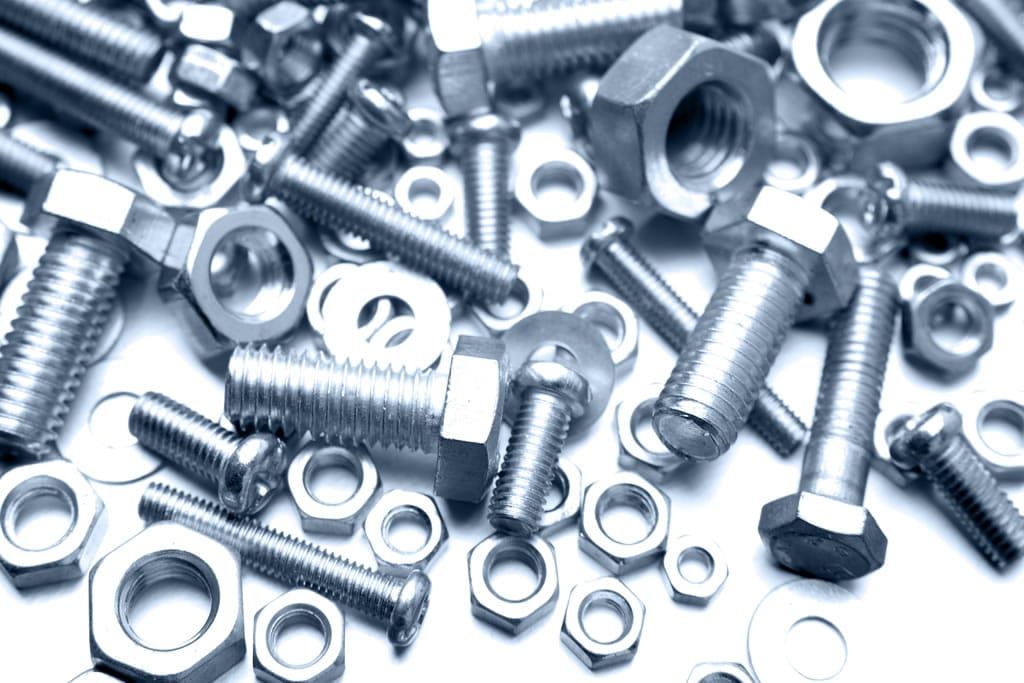Stainless steel fasteners are renowned for their durability and resistance to corrosion. However, to ensure their long-lasting performance, it’s essential to follow proper maintenance practices. In this blog, we’ll discuss how to maintain stainless steel fasteners and keep them in optimal condition.
1. Regular Cleaning
Stainless steel fasteners can accumulate dirt, grime, and contaminants over time, diminishing their appearance and performance. Regularly clean the fasteners using mild, soapy water or a specialized stainless steel cleaner. Avoid abrasive materials that may scratch the surface.
2. Prevent Galling and Seizing
Galling and seizing occur when ss fasteners bind together due to friction and pressure. To prevent this, use an appropriate lubricant when assembling the fasteners. Anti-seize compounds and lubricants designed for stainless steel can help maintain smooth operation and prevent damage during disassembly.
3. Inspect for Damage
Regularly inspect stainless steel fasteners for signs of damage, such as corrosion, rust, or deformation. Promptly replace any damaged fasteners to maintain the integrity of your project. Early intervention can prevent more extensive issues down the road.
4. Correct Torque Settings
Over-tightening or under-tightening fasteners can lead to problems. Follow the manufacturer’s recommended torque specifications to ensure the fasteners are secure without causing damage. Proper torque settings help maintain the fasteners’ integrity and prevent loosening.
5. Environmental Considerations
Stainless steel fasteners are highly resistant to corrosion, but in particularly aggressive environments, such as coastal or industrial areas, additional care may be required. Consider using specialized coatings or higher-grade stainless steel fasteners to withstand these conditions.
6. Use the Right Tools
When working with stainless steel fasteners, ensure you use the correct tools, including those made from stainless steel or other non-corroding materials. Using the right tools reduces the risk of contamination and damage to the fasteners.
7. Keep Records
Maintain a record of when the stainless steel fasteners were installed, inspected, and replaced. This record-keeping can help you establish a maintenance schedule and ensure the long-term reliability of your projects.
In conclusion, stainless steel fasteners are reliable and durable for various applications. To maximize their longevity and performance, regular maintenance and proper care are essential. Following the tips above, you can ensure that your stainless steel fasteners remain in excellent condition, providing a secure and long-lasting connection in your projects.
Note: If you need further details or specific points covered in these topics, please let me know and visit Stainless steel fasteners suppliers.











